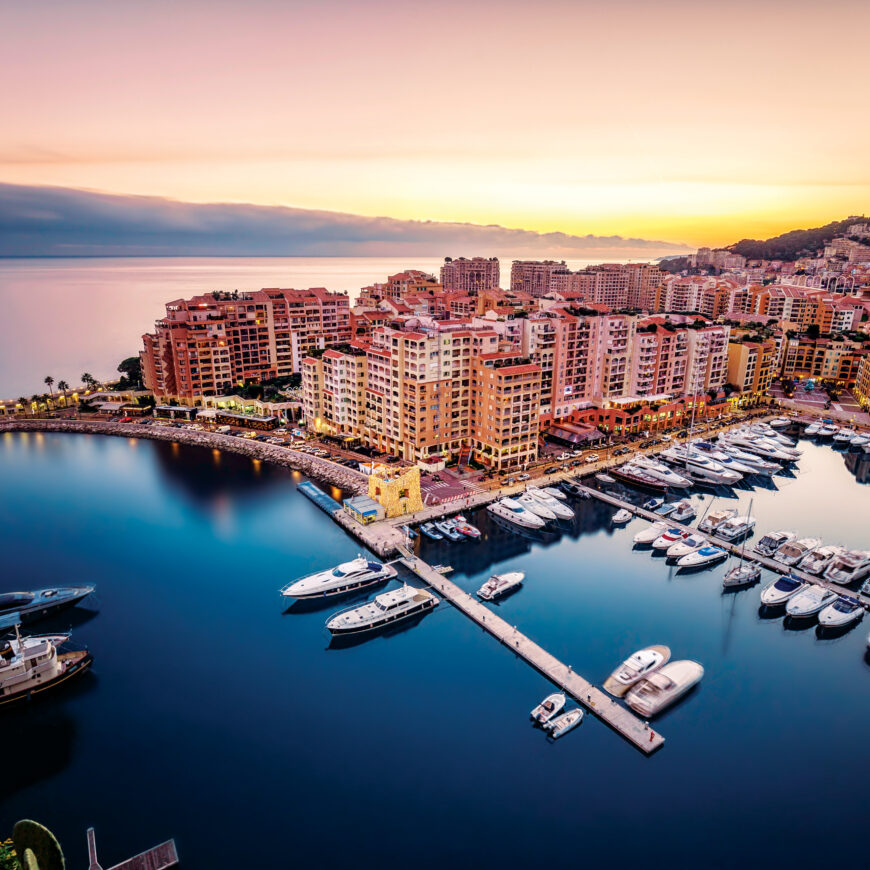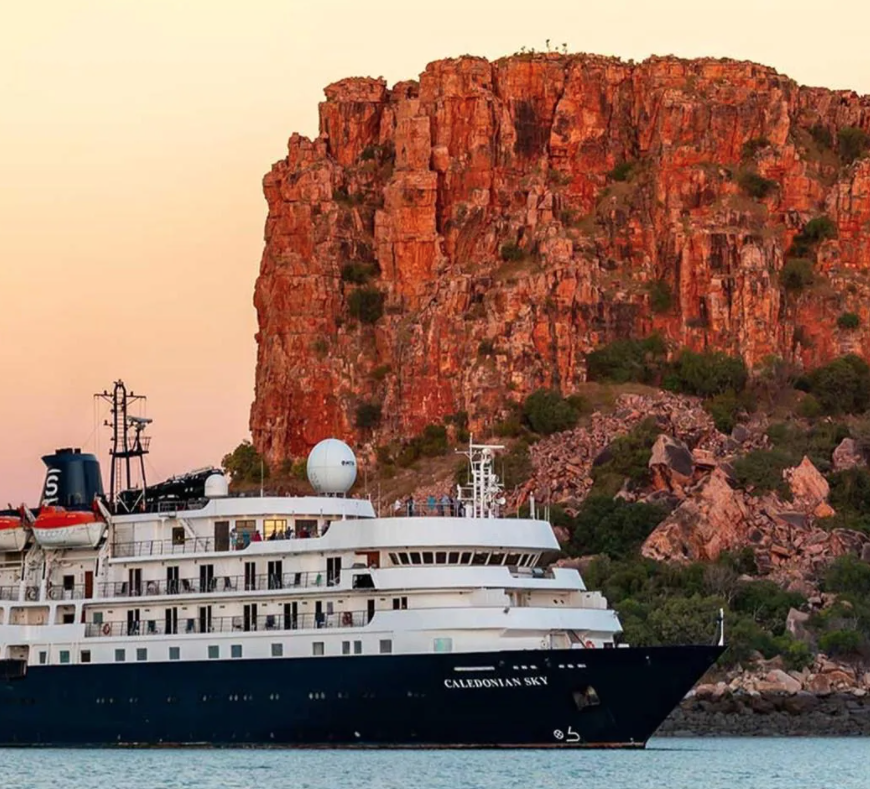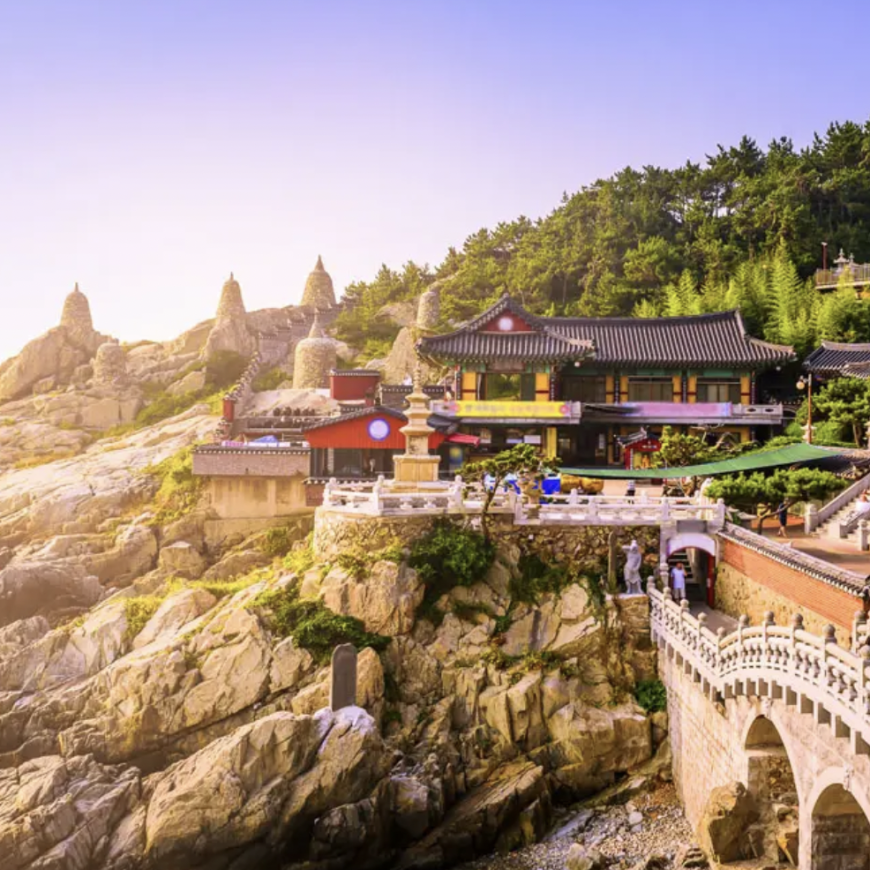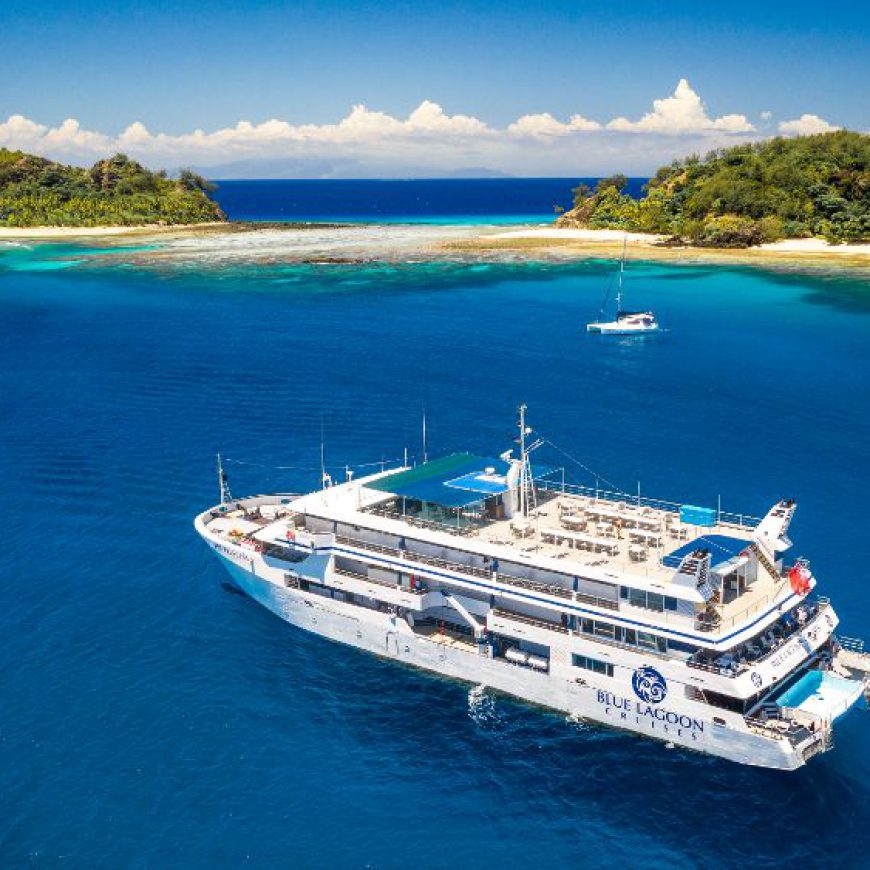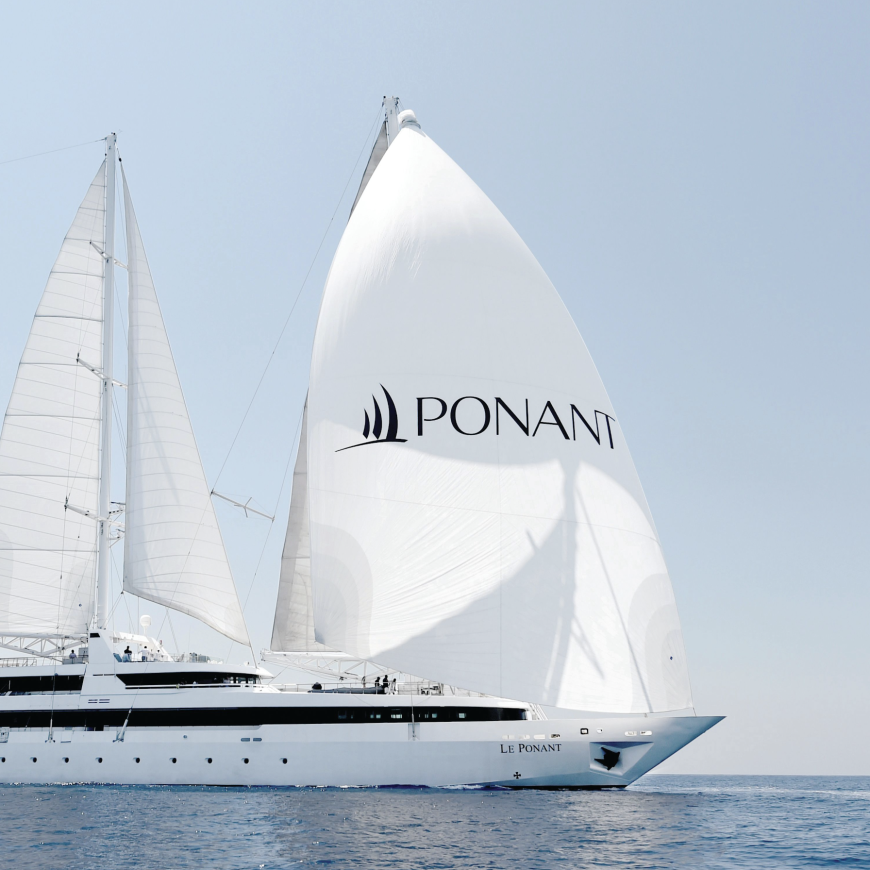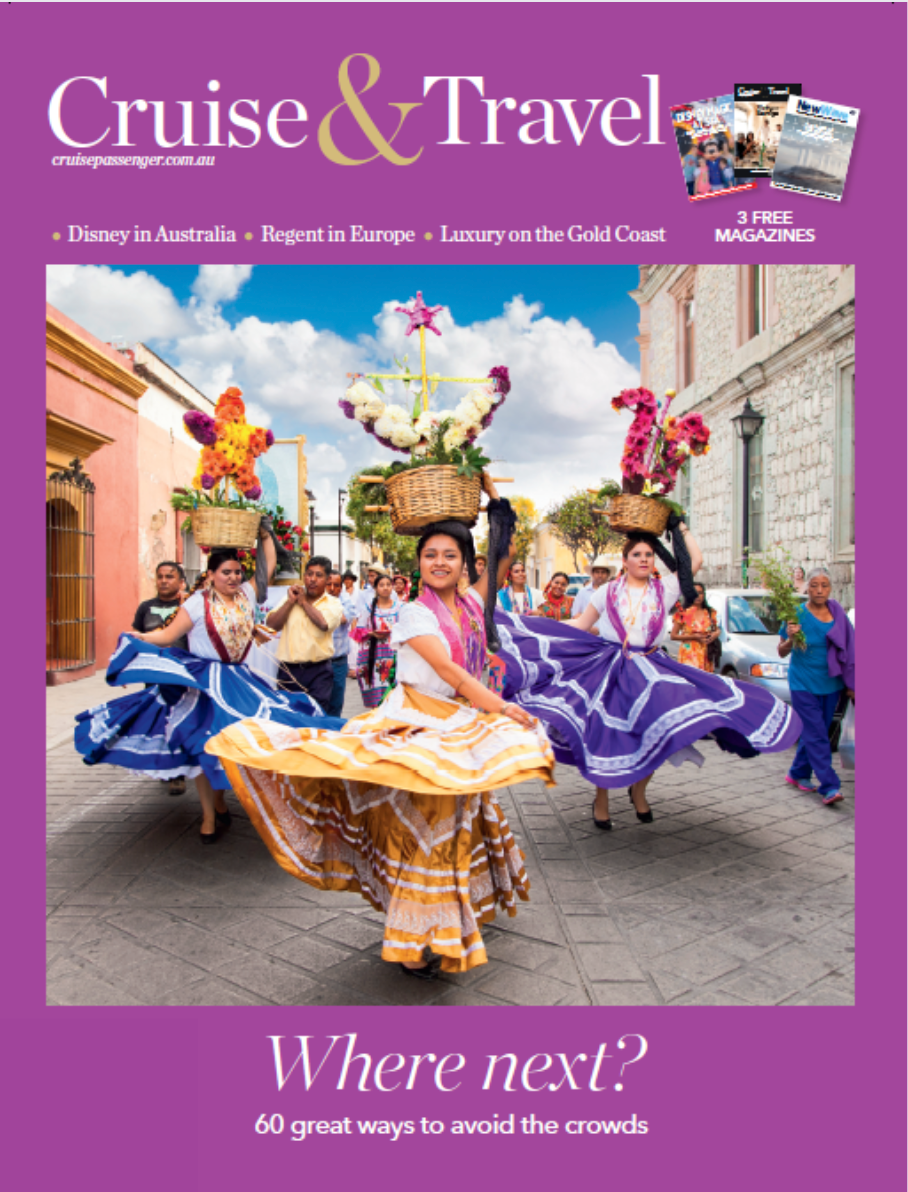Genoa
DestinationsItaly’s largest port is also the hub of its shipbuilding industry, and at first glance seems to have little to recommend it. However, just a kilometre east is Porto Antico, the old port, with charming cobblestone streets, ancient churches, grand palaces and fascinating museums. Words: Caroline Gladstone.
My first glimpse of Genoa, from the deck of the new Costa Pacifica cruise ship, was none too inspiring. A jungle of cranes, shipping containers and heavy equipment lined its almost-circular harbour. A busy highway ran past the cruise terminal and row upon row of tightly packed terracotta apartments, interspersed with the occasional church tower, crammed the slopes of the steep hills framing the city.
Genoa (population 650,000) is Italy’s largest naval and commercial port and the centre of a huge shipbuilding industry, so its industrial look is difficult to disguise. Fortunately, however, it offers far more than such first impressions might suggest: a mere kilometre to the east, Porto Antico, the ‘old port’, is a very different story. To get to Porto Antico, take a short taxi ride from the terminal, then set off on a leisurely walk through the cobblestone lanes and piazzas of the old town to explore ancient churches, grand palaces and museums brimming with the works of the great masters.
Genoa’s old city is said to be the largest medieval quarter in Europe, and the Renaissance and Baroque palaces along the imposing thoroughfare Via Garibaldi are preserved as UNESCO World Heritage sites. Once the homes of powerful aristocratic families, including the Grimaldis (rulers of Monaco), these palaces are now sumptuous art galleries.
While the old town is a pedestrian’s delight, the best way to tackle the steep hills for a bird’s-eye view of the city is to do as the Genoese do: take one of the three funicular railways or the 10 public elevators. A trip on the Zecca-Righi railway is a thrill in itself. The cute red train cuts through two tunnels and chugs past old residential districts to reach a summit that features excellent walking trails and nearby, a castle, Fort Castellaccio.
Before leaving your ship, remember to take a photo of the city’s symbol, the historic La Lanterna lighthouse. Built in 1543 at the height of Genoa’s power and influence, the 117-metre structure stands on a huge rock at the western entrance to the harbour.
Throughout the Middle Ages, Genoa was a major maritime power, the richest city of the western Mediterranean. Its wealth derived from trade, shipbuilding and banking, and its colonies stretched from Gibraltar to the Black Sea. Genoa’s most famous son, Christopher Columbus, was born in 1451 in a house beneath the twin towers of Porta Soprana, the eastern gate of the old town. The 500th anniversary of the explorer’s discovery of the New World, in 1992, was celebrated with a much-needed revitalisation of the city.
Millions of dollars transformed the old port into a vibrant tourist precinct, following the grand plan of celebrated architect Renzo Piano, himself Genoese.
Landscaped walkways link old warehouses that now house museums and cinemas, while new attractions include Europe’s largest aquarium, a rainforest biosphere housed in a glass dome, and Il Bigo, an amazing structure designed to resemble a cargo-ship crane. Il Bigo’s passengers step into cabins attached to each of its mechanical arms and are hoisted 200 metres skywards for brilliant views of the city.
Nearby is the superb Galata Maritime Museum, which traces the city’s seafaring past. An entire hall is dedicated to Columbus; other exhibits include an 18th-century shipyard and the interiors of old steamships and cruise liners.
Genoa continues to play a major role in passenger shipping. Its central Mediterranean position makes it an ideal departure port for a diverse range of itineraries. It is also a busy ferry port, with at least six companies running regular passenger services to destinations including Corsica, Barcelona, Sicily, Sardinia and Palermo, Tangier and Tunis.
Ideally, you will have at least a few days to do justice to Genoa’s array of palazzos and museums – but for those with limited time, many impressive buildings are within a few hundred metres of Porto Antico. A must-see is the Cattedrale di San Lorenzo, then further along Via San Lorenzo is Palazzo Ducale, built in various stages between 1251 and 1539. The seat of power for centuries, it now houses a museum.
The palace adjoins the symbolic centre of the city: the Piazza De Ferrari, a wide square with gorgeous colonnaded buildings and a spectacular fountain.
Passengers with a leisurely half-day to spare may enjoy a stroll about five kilometres eastwards along the waterfront Corso Italia to the quaint neighbourhood of Boccadasse, famed for its coloured houses.
Genoa’s position at the centre of the Italian Riviera is another bonus for cruise passengers who want to extend their stays for a few days. The celebrity haunt of Portofino is just 24 kilometres away by train or ferry, and the stunning region of Cinque Terre, a collection of five villages perched above the sea, can be reached in less than three hours.

